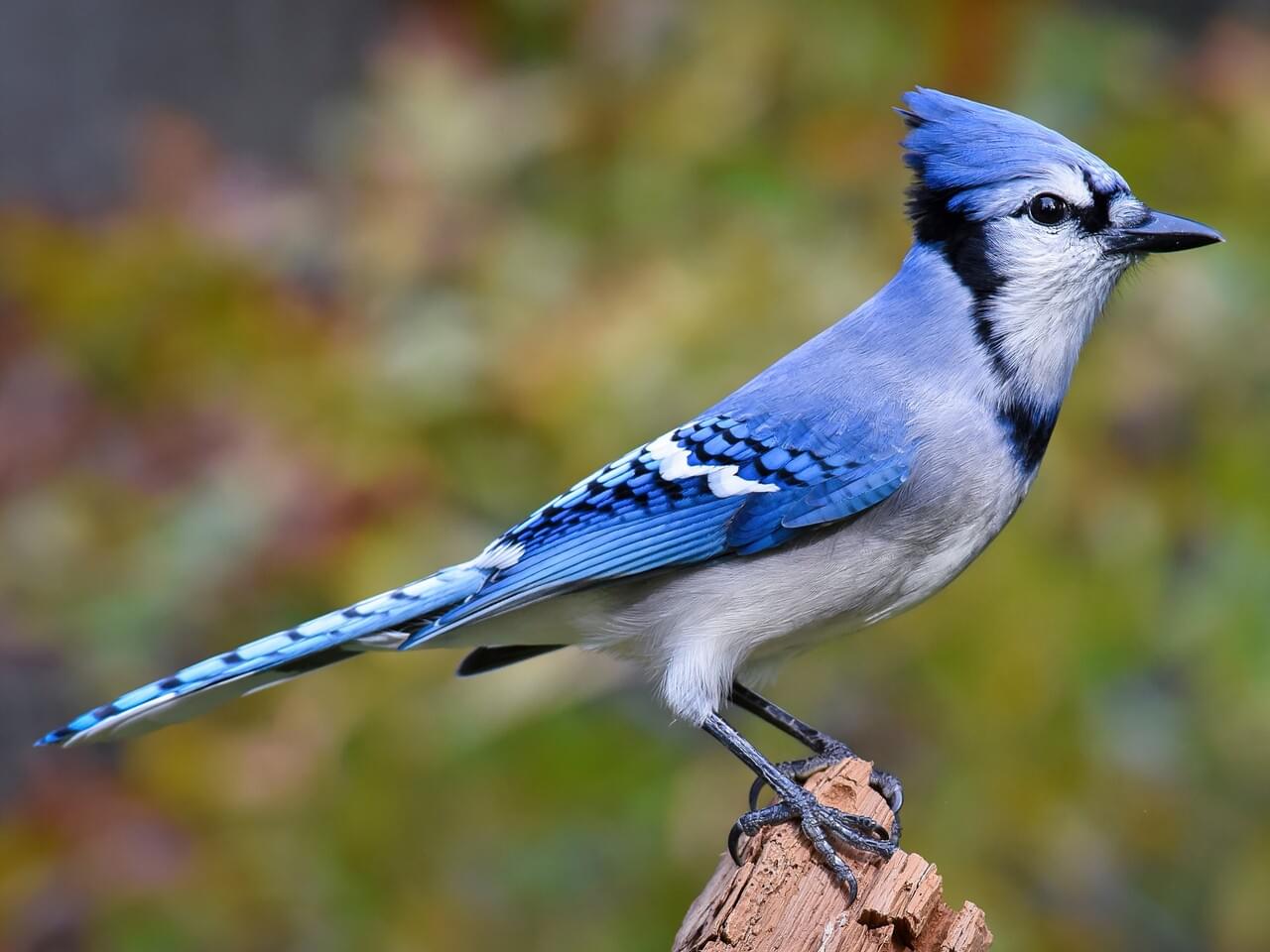Living a “Real Life”

This December morning, I sat on the screened-in porch as I participated in my usual Sunday morning Twitter chat. #SpiritChat is an international community of people interested in spiritual growth and building a positive world community.
Before the chat began, I put out food for the deer that come most days to eat. I took them Critter Food, which is a mix of cracked corn, seeds, and nuts. Female deer often share food with the tiny squirrels – the deer looming above them –eating in a nice friendly way.
During the chat, I saw and then heard a blue jay squawk from a nearby pine tree. He’d spotted the food I’d put out for the deer. He squawked a few more times and a community of blue jays squealed back. Within seconds, the group was on the ground having breakfast. The bird high in the tree had called out to his family – or his family of friends. It did not matter which. It was significant that he told the others that he’d found food.
After the chat I checked on the Critter Food. All the peanuts were gone. The blue jays ate them and left the rest for the squirrels and deer.
Nature is a community – a shared community of wild birds and animals trying to survive. Human beings have forgotten that we are part of that same community. We like to separate ourselves. We feel that we are better and smarter. We forget that birds and animals are just as intelligent in their world as we are in ours. Our distorted reality has given us permission to destroy the habitat of nature’s children. In doing so, we destroy our own.
Carnivorous birds and wild animals must kill to eat. We no longer need the skin of animals for clothing or their fur to keep us warm during the winter months. And, most of us don’t need to kill other animals for food. Many human beings continue to choose violence over love and compassion. Many of us have no respect for the welfare of wild and domesticated animals. Animals, living in nature, rarely choose violence unless their lives are threatened or they are feeding themselves and their families. We can learn from them.
Later in the day, I sat down to re-read Anna Quindlen’s book, A Quick Guide to a Happy Life. As I read, I relived the beautiful feelings I experienced as I observed the blue jay’s behavior. The experience was part of the joy that Quindlen calls “real life”: a conscious, aware, happy life. The blue jays were living their “real life.” It included sharing precious food with each other and other animals. They ate what they needed and left the rest for the squirrels and the deer who are always foraging for food.
A “real life” for human beings is not a constant pursuit of a better job, the next promotion, or a larger house in a more affluent neighborhood. Our “real life” includes the small joys and all the pleasures that life offers. As Anna Quindlen says, life is short. We have an allotted amount of time in which to learn to live a happy, joyous, meaningful life.
The trees, birds, flowers, and all elements of nature give meaning to life and help us live a “real life” of connection and awareness. All living beings live in family groups. It is family that propagates life. Children who grow up in happy, well-adjusted families make positive changes in the world.
Until humanity realizes that we all need each other to maintain this planet, we will continue to destroy the environment. It is love, joy, compassion, acceptance, and a sense of community that create a “real life.”
Nothing else really matters.
Comments are closed.


3 Comments
Thanks for sharing this, Janet. When we realize and appreciate that we are an essential part of the community of nature, our lives are enriched beyond anything we could have imagined on our own. Happy is the child, and the adult, who are blessed with that gift!
My learned culture seemed to say we humans are here and the animals and nature are over there. To know what is behind all being, all matter including us is the way open to us now. Is it only matter or is there spirit?
“Our “real life” includes the small joys and all the pleasures that life offers.”
There is significant truth in your statement above, Janet. As we spend more and more of time in the virtual world, we slowly lose the power and skill to observe the “real” world within and around us… Your post is a great reminder to pay attention to the “real” – thank you!